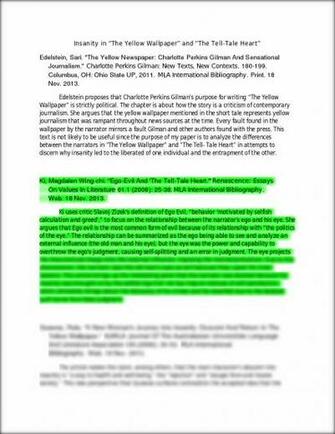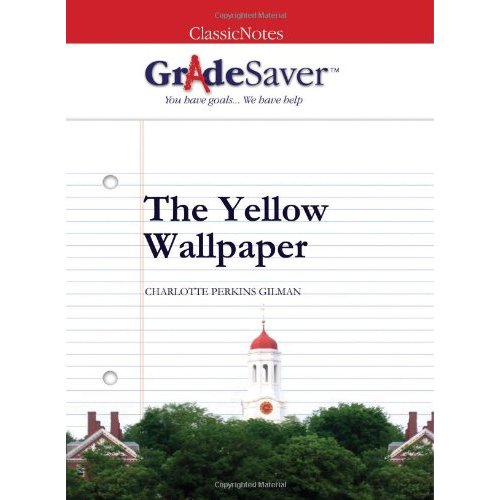

Utterly condescending, he often addresses her as though she were a child, demanding, for example, “What is it, little girl?” He seems to have imprisoned her.

The narrator’s relationship with her physician/husband John proves to be a key to her highly symbolic situation. Such imagery could indicate an image of her very self as a monster, since she either refuses or fails to play the “good mother” role or the type of 19th century feminine perfection: an angel in the house. The gruesome details of the “suicidal” wallpaper pattern set an ominous tone, even of paranoia: “There is a recurrent spot where the pattern lolls like a broken neck and two bulbous eyes stare at you upside down.” The violence of her grotesque descriptions seems to express extreme frustration. “Suicidal” wallpaper sets an ominous tone By extension, they symbolize all women living under this particular form of oppression.Ĭharlotte Perkins Gilman’s 1913 essay Why I Wrote the Yellow Wallpaper Yet, the narrator and woman trapped in the wallpaper pattern become one and the same. Standing beside her, we would likely see no such being. Ultimately, the narrator manages to project herself into the persona of the woman she sees in the wallpaper. The narrator eventually loses her grip on the reality we all share and lurches into the world of her own creative imagination or hallucination. The language reflects this deterioration and dissonance, becoming more highly charged, the syntax more fragmented, the interruptions more frequent. Ironically, as the narrator claims to improve physically and emotionally, her condition, according to the norms of psychological behavior, worsens.

We thus witness the workings of her unusual mind, even as it comes up with new thoughts and discoveries: “I wonder – I begin to think – I wish John would take me away from here!”

More often, however, and increasingly as the text evolves, she narrates in the present tense. Sometimes, the narrator recounts an event that transpired earlier in the day or recent past. This rhetorical choice lends a sense of immediacy to the writing. We as readers are positioned as eavesdroppers, listening in on a conversation the narrator conducts with herself. Gilman writes in the form of first-person diary entries penned by the narrator. Living under patriarchal rule, she is discouraged from self-expression and productivity via work and writing. More broadly, we could see the prison-like room she inhabits (with barred windows, a gate on the stairs, rings in the walls, and a nailed-down bed) as symbolic of her situation as an upper-middle-class woman of a particular time and place (19th century America). She lives under her physician/husband’s care as a patient (deemed abnormal), subjected to the “rest cure” as a treatment for what appears to be postpartum depression.įiction in the form of first-person diaries The secluded, rented country home and the attic room the narrator inhabits come to represent or symbolize her situation and her very self. This critical analysis of The Yellow Wallpaper by Charlotte Perkins Gilman (1892) highlights a long short story (or short novella) considered a feminist literary classic. This story starts with a mystery: the house seems to have “something queer about it.”Īs we read on, it becomes clear that the house is not the only thing strange about this story.


 0 kommentar(er)
0 kommentar(er)
